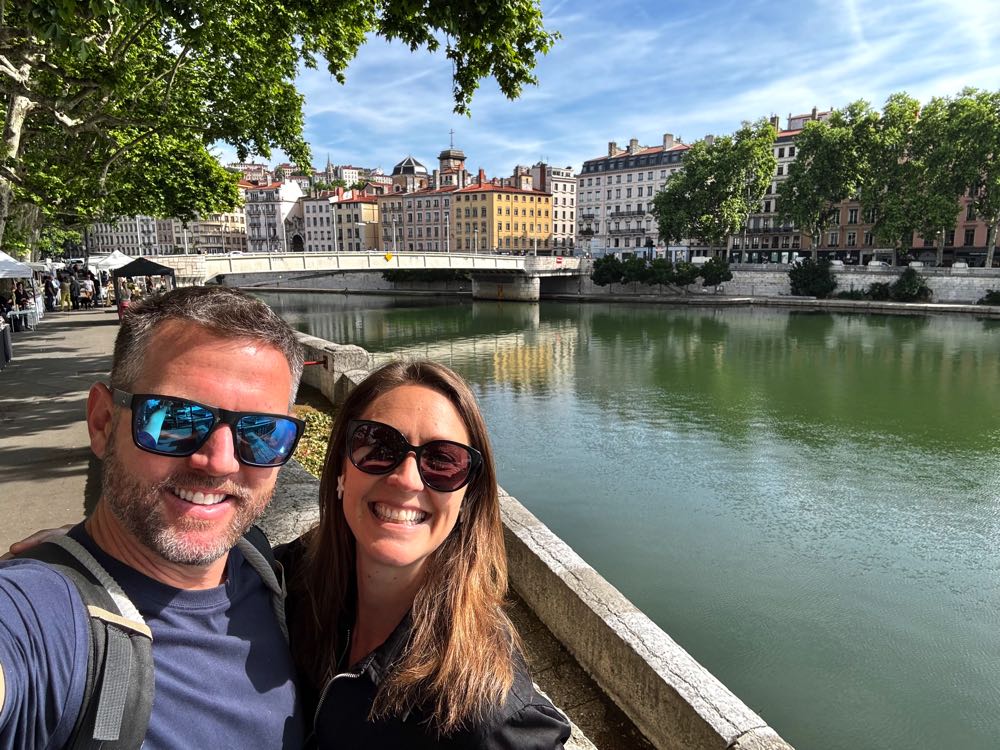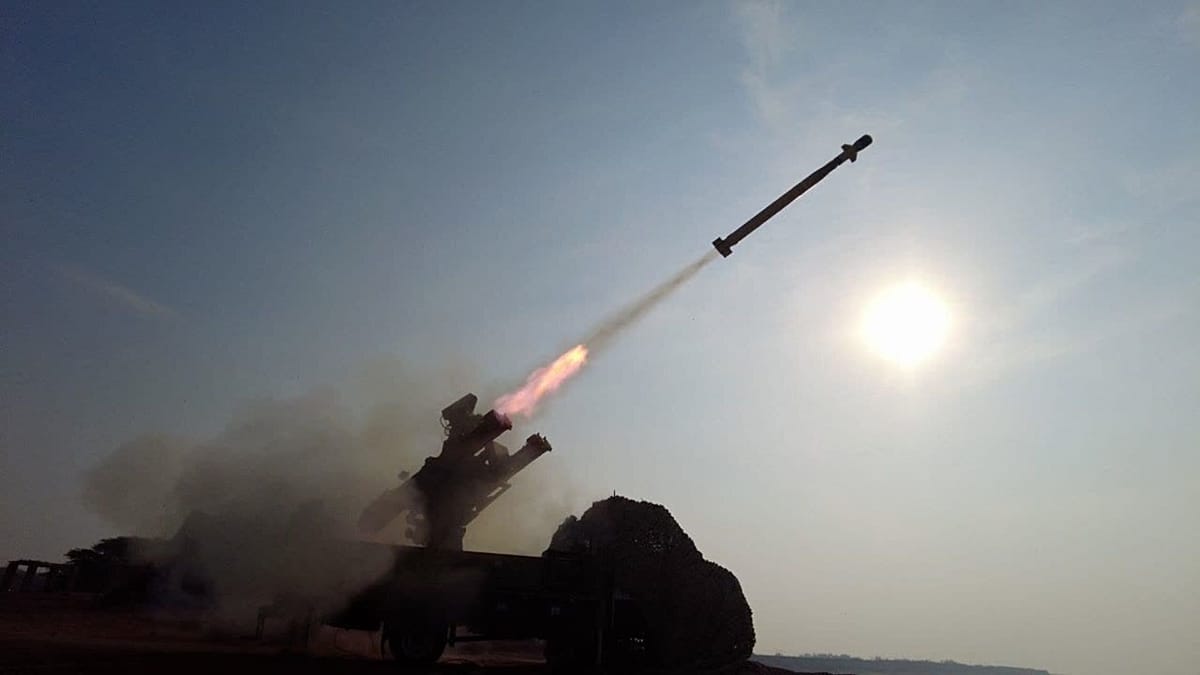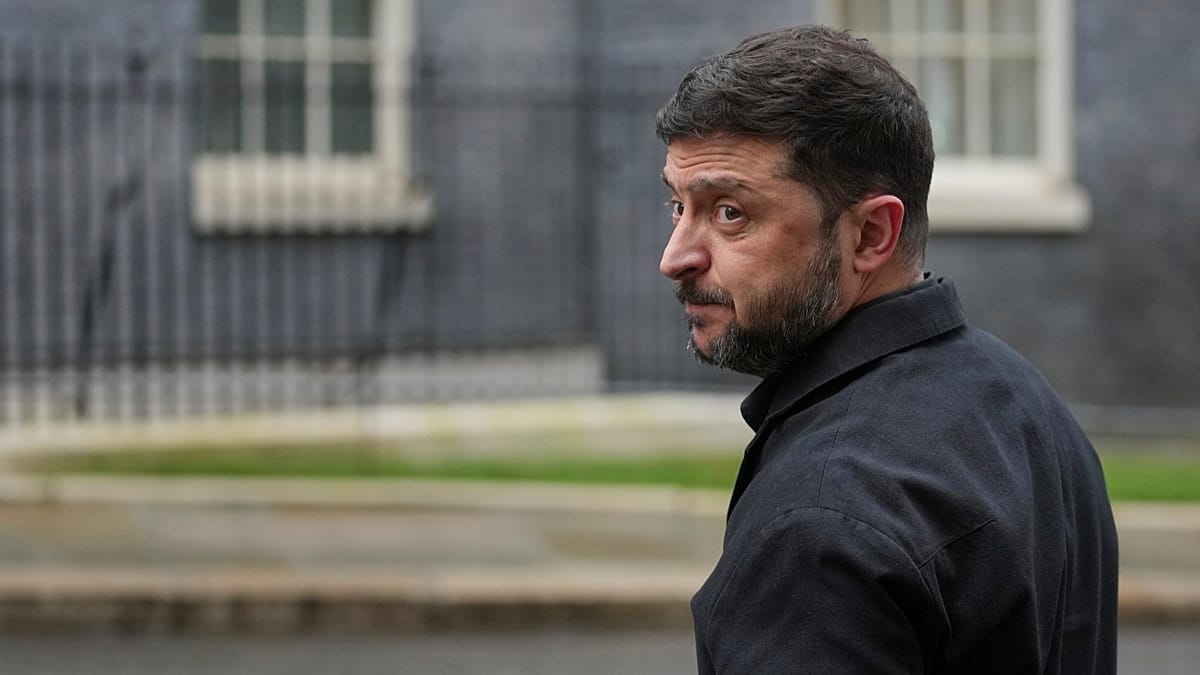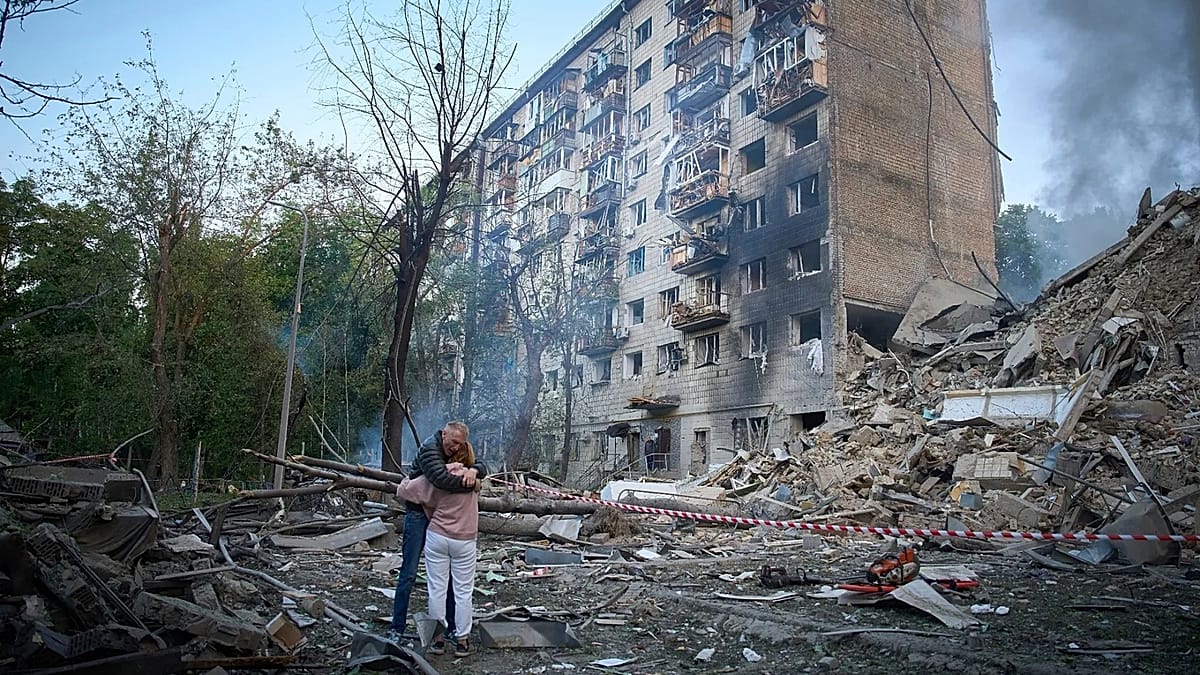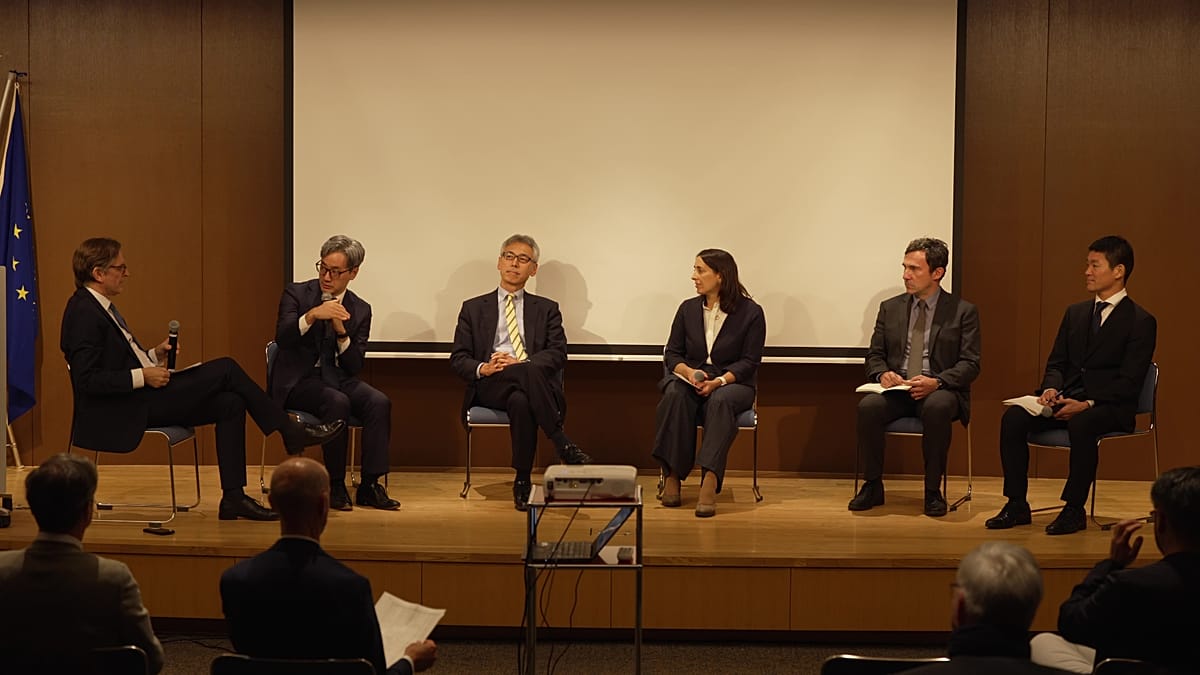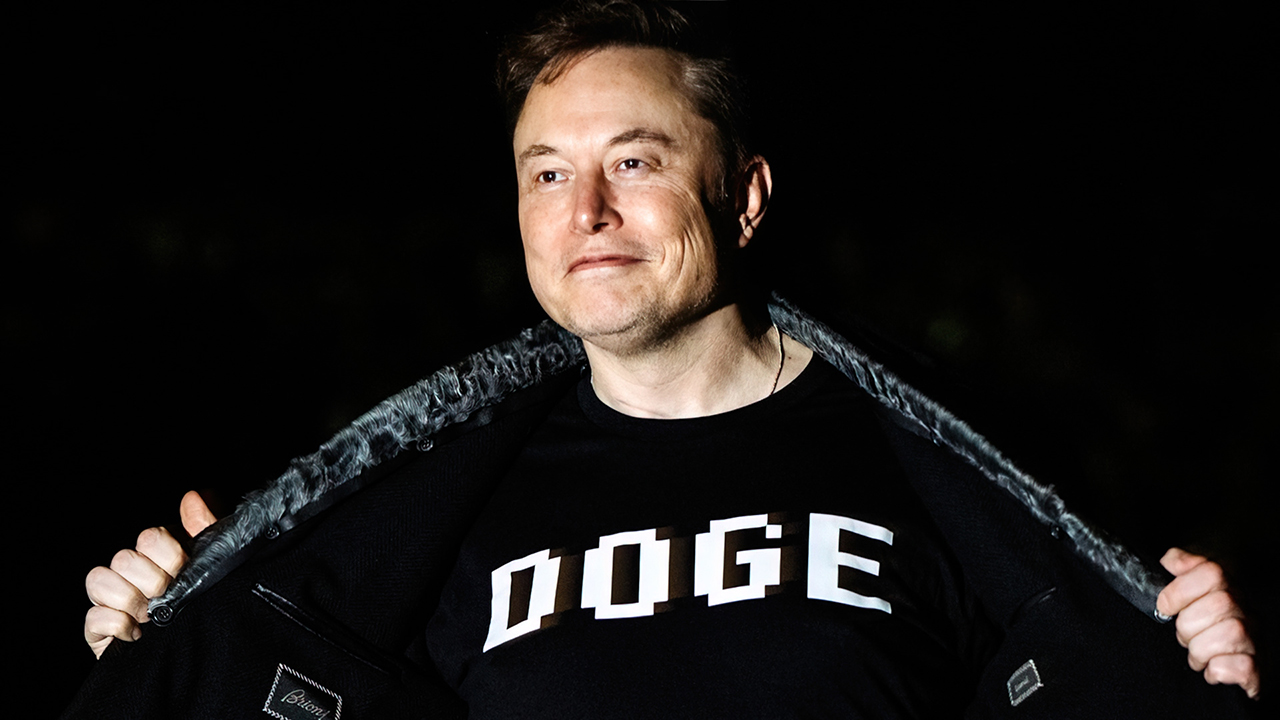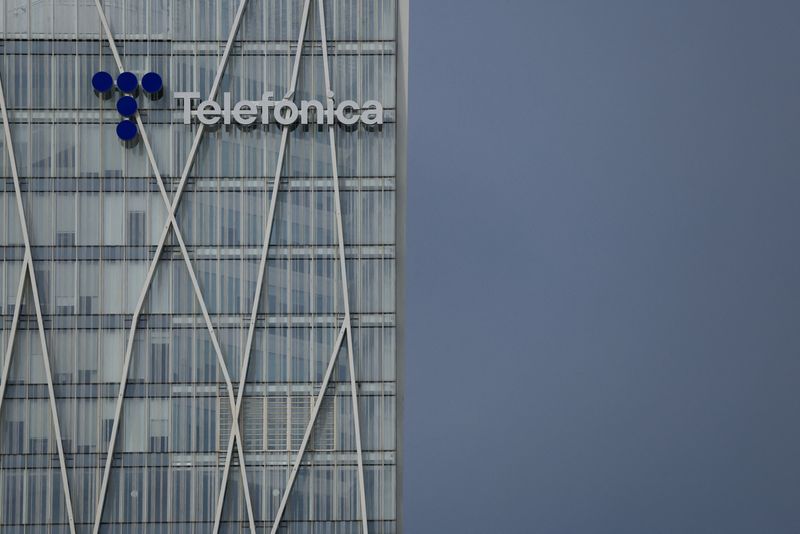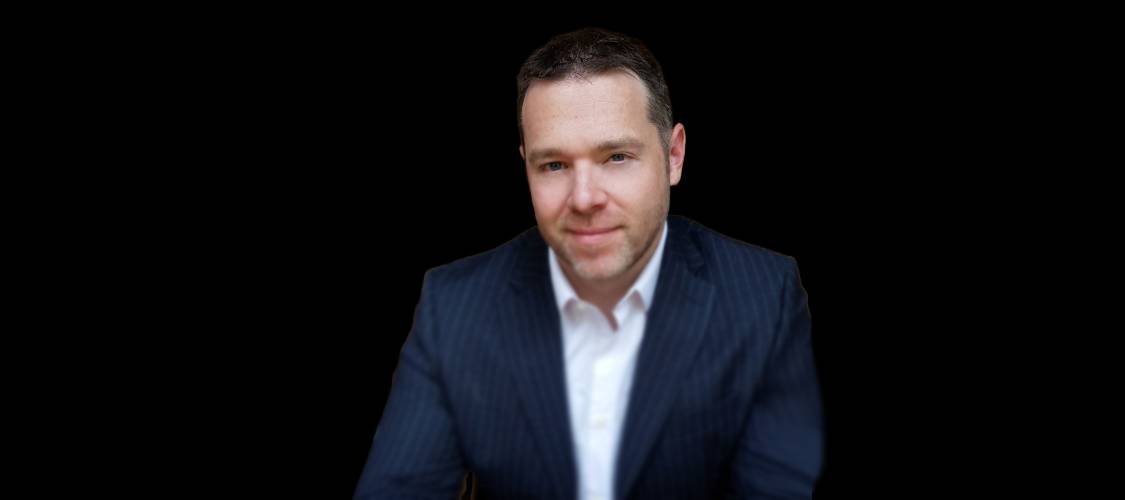Europe’s Missing Mineral Foundation: Can the Continent Catch Up?
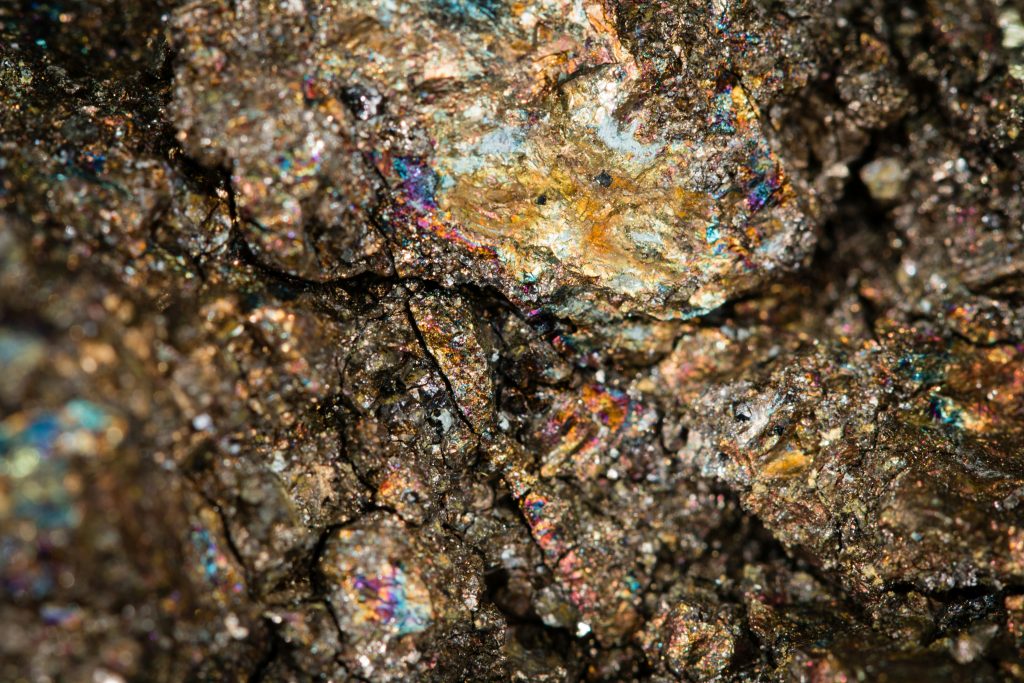

As the global race for clean-energy dominance accelerates, a quieter but equally crucial competition is unfolding beneath the surface — for the minerals that make it all possible. Lithium, nickel, cobalt, graphite and rare-earth elements have become the new strategic commodities of the twenty-first century. They are the building blocks of electric vehicles, renewable energy systems, advanced electronics and defence technologies.
For Europe, securing these materials has become a matter of industrial survival. Yet despite bold strategies and political declarations, the continent is trailing behind its rivals. While the United States, China and Australia are locking in supplies and building stockpiles, Europe is still struggling to move from planning to delivery.
The Dependency Problem
Europe’s green transition depends on an uninterrupted supply of critical minerals, but its current position is marked by deep dependence. The continent imports the vast majority of these materials, often from a handful of countries that dominate global production or refining. That reliance leaves European industries — from car manufacturing to battery production — vulnerable to disruptions, export controls and geopolitical friction.
China remains the dominant force in refining and processing, controlling a significant share of global capacity for rare-earth elements and battery components. The United States, meanwhile, has expanded domestic mining and created national reserves to shield itself from shocks. Europe, by contrast, lacks both the infrastructure and the urgency.
The result is a widening strategic gap. As global demand soars and supply chains tighten, Europe risks being a technological power without the raw materials to sustain its ambitions.
A Plan on Paper, Slow in Practice
In response to these vulnerabilities, the European Union launched its Critical Raw Materials Act — a sweeping plan to boost domestic production, build processing capacity and promote recycling. The goal is to ensure that by 2030, at least part of Europe’s mineral demand can be met from within the bloc.
On paper, the vision is bold. It sets targets for mining and refining, calls for diversification of import partners and encourages investment in recycling and substitution technologies. But in practice, progress has been slow.
New mining projects in Europe face steep regulatory hurdles, lengthy permitting processes and strong public opposition. Environmental concerns, while legitimate, have created political paralysis. Processing facilities remain scarce, and recycling volumes are far below the scale required. Even pilot projects take years to materialise.
This gap between ambition and action reflects a familiar European dilemma: a preference for regulation over rapid execution. While strategies multiply, actual extraction, stockpiling and industrial scaling lag behind.
Structural Obstacles to a Mineral Strategy
Europe’s difficulty is not simply a question of willpower — it’s also structural. The continent’s geological base is relatively modest compared to resource-rich regions like Australia, Latin America or Africa. Where deposits do exist — in Scandinavia, Portugal or parts of Eastern Europe — they are often small or technically challenging to exploit.
Permitting remains another major constraint. Mining approvals can take a decade or more, undermining investor confidence. Environmental standards, though globally respected, make it hard to move at the pace dictated by global competition. And even when projects are approved, financing them remains a struggle: investors are wary of volatile commodity prices and political risk.
At the industrial level, Europe has yet to establish a credible processing chain. Minerals extracted in Europe are frequently shipped overseas for refining — often to Asia — before being re-imported as finished products. This “export of value” leaves Europe with the costs of mining but none of the strategic control.
Perhaps most glaringly, Europe has no centralised system for stockpiling critical minerals. Unlike the oil reserves that underpin energy security, mineral reserves remain an uncoordinated patchwork. Questions over ownership, funding and access have kept the idea stuck in consultation mode.
What It Would Take to Catch Up
Closing the gap will require Europe to embrace a new kind of industrial pragmatism. The first step is to accelerate strategic mining and processing projects — not by cutting environmental corners, but by streamlining decision-making. Clearer permitting timelines, risk-sharing mechanisms and targeted incentives could unlock dormant projects and attract private capital.
Second, Europe must create a collective stockpiling system. A central reserve of key minerals — managed at the EU level — would act as a buffer against market shocks and supply disruptions. It would require coordinated funding and transparent governance, but the payoff would be strategic security.
Third, diversification is essential. Europe must look beyond its traditional suppliers and forge long-term partnerships with resource-rich nations in Africa, Latin America and the Indo-Pacific. These deals must balance supply security with sustainability and fair-trade principles to avoid replicating extractive patterns of the past.
Fourth, recycling and circularity can give Europe an edge. Recovering minerals from end-of-life batteries, electronics and industrial waste can dramatically reduce import dependency. The technology exists — what’s missing is large-scale investment and infrastructure to make recycling economically competitive.
Finally, Europe needs to mobilise serious capital. Building a resilient mineral ecosystem demands long-term funding that goes beyond pilot projects and grants. The European Investment Bank, private financiers and national development agencies will all need to take on more risk to finance this transformation.
A Test of Strategic Maturity
Europe’s mineral challenge is, at its core, a test of strategic maturity. The continent has learned — through the energy crisis and pandemic supply disruptions — the cost of dependence. Yet the same lessons now apply to the raw materials that underpin the entire clean-tech economy.
If Europe continues to rely on imported minerals while others secure long-term access, its energy transition could be slowed by shortages, price spikes and political leverage from supplier states. More fundamentally, it risks losing control over the industries it hopes will define its future — from electric vehicles and batteries to semiconductors and defence systems.
The race for critical minerals is not only about resources; it is about power, resilience and the ability to shape one’s destiny in a volatile world. Europe’s challenge is to move from declarations to delivery, from risk management to resource strategy.
If the continent succeeds, it can turn its environmental values and technological innovation into genuine economic strength. But if hesitation persists, Europe may find itself leading in ambition yet lagging in capacity — a green superpower built on borrowed minerals.
The post Europe’s Missing Mineral Foundation: Can the Continent Catch Up? appeared first on European Business & Finance Magazine.















